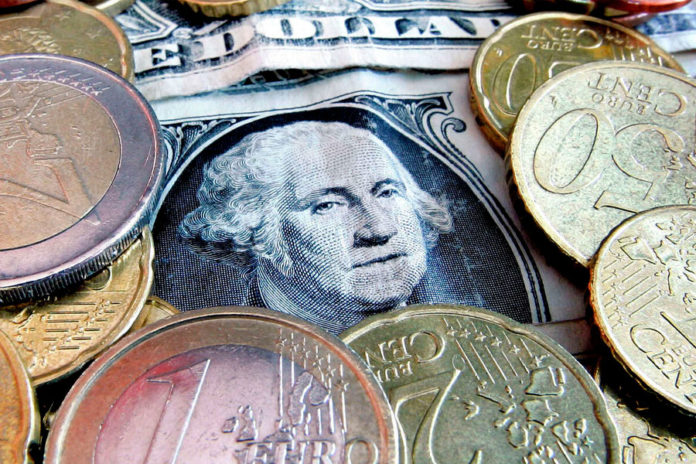
The biggest financial market in the world is the spot foreign exchange market, where the relative prices of the world’s currencies are determined. Its structure and functioning are described in a recently released working paper from the Bank for International Settlements, the central banks’ banker headquartered in Basel, Switzerland. https://www.bis.org/publ/work1094.pdf
Starting by its size, in April 2022 the average daily trading volume in the global spot foreign exchange market reached $2.11 trillion. The authors, A. Chaboud from the Federal Reserve, D. Rime from the Norwegian Business School and V. Sushko from the Basel bank, describe market operations as follows: “currency trading takes place around the world and around the clock, with a weekly cycle beginning early Monday in the Asia/Pacific region and ending Friday afternoon in the Americas.”
Among more than 50 currencies traded, the US dollar dominates, appearing on one side of almost 90 percent of all global foreign exchange transactions. The three most traded currency pairs are: euro/dollar (23%); yen/dollar (14%) and British pound/dollar (10%). There is also geographic concentration in some of the largest financial centers. London in 2022, still first with 38 percent of all transactions, together with New York, Singapore, and Hong Kong accounted for 74 percent of daily trading volume.
Exchange rates and capital movements are regulated by governments. Additionally, central banks and other market participants, in 2017, approved the Foreign Exchange (FX) Global Code, containing 55 principles of good practice. Overseen by the Global Foreign Exchange Committee, market participants subscribe to the Code through a “statement of commitment.”























